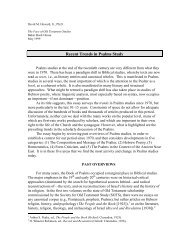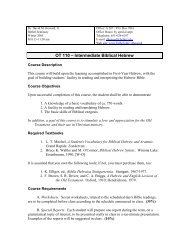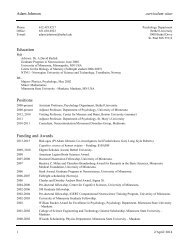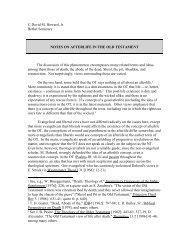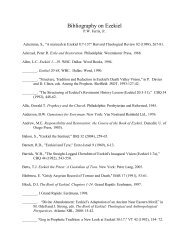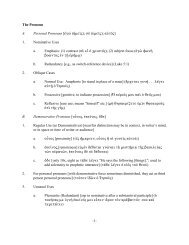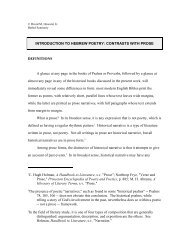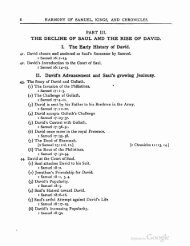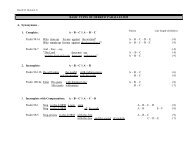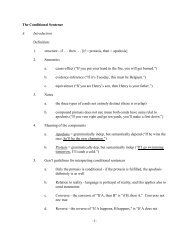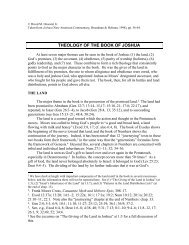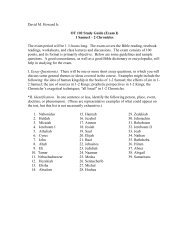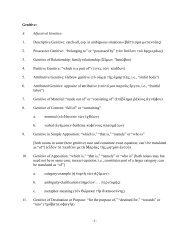Budget Constraints qStart to Build a Theory of Consumer Choice ...
Budget Constraints qStart to Build a Theory of Consumer Choice ...
Budget Constraints qStart to Build a Theory of Consumer Choice ...
Create successful ePaper yourself
Turn your PDF publications into a flip-book with our unique Google optimized e-Paper software.
Microeconomics<br />
Dr. Dmitri M. Medvedovski<br />
Comparative Static<br />
X 2<br />
I 2<br />
X 1<br />
I 1<br />
X 2<br />
X 1<br />
What happens if I (income) and prices triple at the same time (inflation)?<br />
X 1<br />
= 3I<br />
3P 1<br />
− 3P 2<br />
3P 1<br />
• X 2<br />
nothing changes<br />
X 1<br />
= I P 1<br />
− P 2<br />
P 1<br />
• X 2<br />
Given U (X 1 , X 2 , X 3 ,… X U ) X i represents the<br />
goods you want with your goal being <strong>to</strong><br />
maximize U within your budget constraint.<br />
I 1<br />
I 2<br />
I 3<br />
. I = money available, referred <strong>to</strong> as income.<br />
. Each good has a price; P i for good X i.<br />
N<br />
I = P 1 X 1 + P 2 X 2 +… ; E i = P i X i or ∑ xi p i<br />
=budget constraint<br />
i =1<br />
Lagrange (L)<br />
(L)=U(X 1<br />
, X 2<br />
, X 3<br />
… X u<br />
) − λ(I − P 1<br />
X 1<br />
− P 2<br />
X 2<br />
−…P i<br />
X i<br />
)<br />
. take derivatives with respect <strong>to</strong> each X i<br />
Page 5 out <strong>of</strong> 7 Lec. 5



